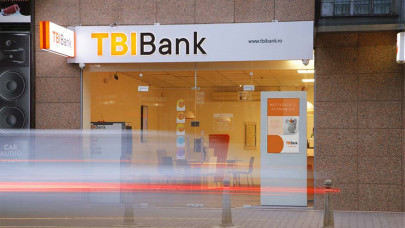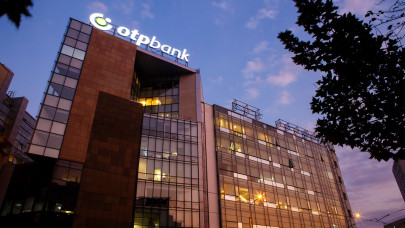The economic downturn resulted in a drop of the region´s average GDP growth from 4.0% in 2022 to only 0.5% in 2023, resulting in the lowest rate this century (excluding the 2009 global financial crisis and the Covid-19 pandemic in 2020). Czechia, Estonia, Hungary, Latvia and Lithuania even recorded negative growth rates in 2023.

Increase in insolvency proceedings reflects the weak economic growth
The CEE region saw a 38.6% increase in insolvency proceedings from 2022 to 2023, marking another year of double-digit growth. “This rise was fuelled by a combination of internal and external factors that amplified the challenges facing companies in the region, especially Geopolitical tensions and inflationary pressures that led companies into troubled waters”, explains Grzegorz Sielewicz, Coface's Head of Economic Research for Central and Eastern Europe.
The consequences of Russia's invasion of Ukraine, not least due to its geographical proximity, resonated throughout the region, disrupting supply chains and contributing to a surge in energy commodity prices. These external shocks, coupled with internal challenges such as labor shortages and escalating input costs, have weighed heavily on businesses, leading to a significant increase in insolvencies. The construction and trade sectors, in particular, bore the brunt of the insolvency wave, grappling with labor shortages, wage pressures, and slowing demand.
Looking ahead, the road to recovery appears difficult.
"We expect a further increase in insolvencies in 2024, albeit at a lower rate than the previous year," and globally, companies will still not reach their full economic growth potential as a result of challenges they face in the day-to-day running of their businesses.” adds Jarosław Jaworski, CEO of Coface in the Central & Eastern Europe Region. The business environment in 2024 will be marked by limited turnover growth, declining margins, and ongoing challenges for export companies due to sluggish foreign demand, particularly from Germany, which remains the main trading partner for the majority of CEE economies. However, there are signs of consumer-driven rebound, especially when it comes to daily necessities, supporting economic activity in the CEE region. Nonetheless, companies face mounting pressure from rising commodity prices and labour costs, including minimum wage hikes in CEE countries.











